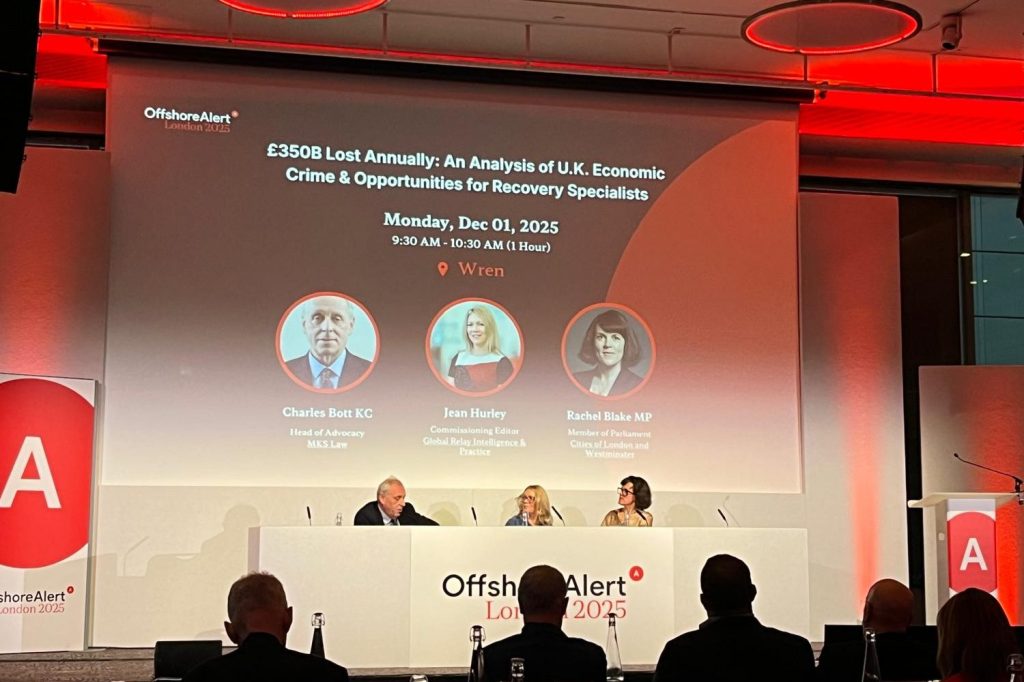There is a clear shift in thinking among tax and finance professionals about the integration of generative artificial intelligence (GenAI) into their day-to-day operations, according to a new survey by EY.
The findings, based on the responses of around 1,600 chief financial officers (CFOs) and tax leaders, reveal a positive
A
Register for free to keep reading.
To continue reading this article and unlock full access to GRIP, register now. You’ll enjoy free access to all content until our subscription service launches in early 2026.
- Unlimited access to industry insights
- Stay on top of key rules and regulatory changes with our Rules Navigator
- Ad-free experience with no distractions
- Regular podcasts from trusted external experts
- Fresh compliance and regulatory content every day
















